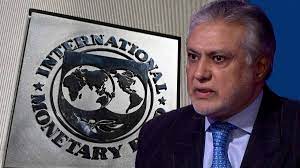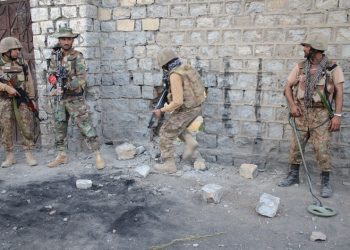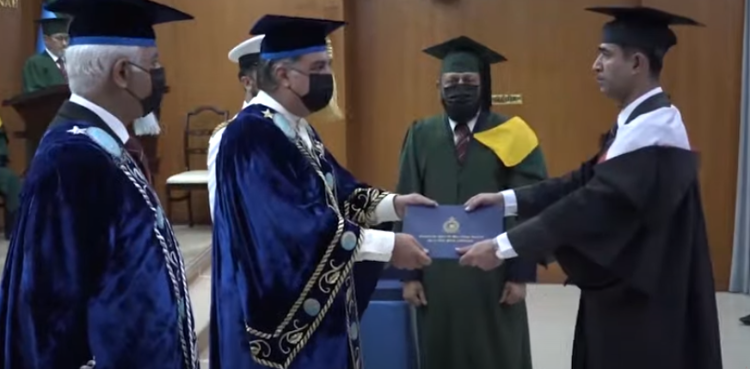The Mehran Valley holds the honour and privilege to be blessed with the light of religion when the message of Islam reached this land, making Sindh the ‘gateway of Islam’ in the entire region. Our ancestors built a deep connection to religion. They were the most eminent of ours who preached religion in various ways and propagated the golden principles of Islam so vigorously that Sindh became home to many Sufi saints with whom its cords of pluralism are attached. Hazrat Laal Shahbaz Qalandar is one of them.
Named by the parents as Muhammad Usman, he gained the title and rose to be known as ‘Laal Shahbaz Qalandar’ for the ages to come – for yielding his heart to the Almighty with faith, reverence, piety in all prayers and meditations, propagating the teachings of faith and humanity the among humans. Sehwan, located at the foot of the Kirthar hills in the north-west of Hyderabad is the resting place of this great Sufi saint of the sub-continent.
There are many tales and events chronicled in the chapters of history in relation to the name of Hazrat Lal Shahbaz Qalandar, many of which are subjected to suspicion. However, different historical accounts consent upon the light that Qalandar brought to the once dark and gloomy Sehwan, named as Sehvistan back then, that now has Qalandar’s golden dome as its brightest and the most beautiful monument.
Hazrat Lal Shahbaz Qalandar was a religious scholar, many scholars and rulers would approach him for resolving several issues as he would travel to gain as well as spread knowledge. After travelling across many areas of the region and then much of Mehran valley, he settled in Sehvistan i.e. today’s Sehwan – where he gained a great deal of fame for his scholarly teachings.
Sehwan was home to myriads of sins and ill practices, and it changed with Qalandar’s spirituality and wisdom as he served as a guiding light to direct the people towards a righteous path, teaching them to be in love and harmony with each other. But while he preached, he was confronted with an atrocious ruler of Sehwan who was aloof to the issues and miseries of the public he ruled over. Due to lawlessness and brutality, each innocent and needy used to go unheard by the King and his administration.
Watching the anguish, a saint named Sikander Bodla used to chant ‘death to brutality, my Murshid is about to arrive, Qalandar is about to arrive’. On his chants, the town would reverberate and those afflicted would pray same. His chants had provoked the King to imprison and torture him, but he kept on chanting unabated and underrated. His Qalandar had arrived by then.
There was unhindered buying and purchasing of liquor in the area of Sehwan where Qalandar had established his camp. The misguided inhabitants of this town were terrified due to the encampment of Darwish and therefore, went to the ruler of the area for complaint. The king was furious on the complaints brought before him; his arrogance led him to ordering expulsion of Qalandar and his associates to camp at Sehwan. His soldiers marched towards the camp but failed to get in. They felt to have been debilitated to move and their strength was restored as soon as they intended to return. They were compelled to leave after several such attempts.
This shocked and outraged the King further and he immediately summoned his ministers, advisers and astrologers. Everyone appeared astonished at the incident. The astrologers told the King that according to astrology, a person was to enter the kingdom to pose a serious threat to the King’s life as well as his power; probably Qalandar was the same person whose one disciple the King had recently imprisoned.
There were several more tricks and plots used by the King to decamp Hazrat Shahbaz Qalandar but all went in vain, further instigating the incumbent ruler. Once during the Isha prayer, Darwish pointed towards the ruler’s fort in the presence of his associates and called on Sikander Bodla to come towards the camp who was still incarcerated in the fort and was suffering from severe pain. From the other side, the words of Darwish were greeted by Bodla while all his shackles fell apart. Bodla realized that it was nothing but help. He shouted that his Qalandar had arrived. Despite injuries, he rose up and began to run out of the prison, and reached the camp from where a new struggle to establish Islam in Sehwan began.
Despite intense opposition, Qalandar spread the light of Islam in Sehwan Sharif, guided thousands of people, linked many misled to the Almighty, taught love and morality, lighting the beam of truth and good in countless hearts. With his teachings, Sehwan’s majority converted to Islam, whilst Raja witnessed his power in jeopardy as the presence of a Muslim Darwish had become a punishment for him. He faced defeat every time he tried to hinder Darwish and even went on to summon some of his magicians to fight Darwish through black magic, but they refused the King, advised him instead to get prohibited food served to the Darwish whose consumption may deprive him of the spirituality but while that ploy was hatched executed, the earth began to shake and Sehwan was jolted with a massive earthquake that destroyed the King’s fort completely along with the King and hence, there took place an end to the era of brutality in Sehwan.
The current-day Sehwan is lit with peace and harmony – where Qalandar’s shrine is not only visited by the Muslims but the non-Muslims also pay their respects to this Sufi Saint of Sindh. Throughout the year, there are crowds of devotees thronging the shrine – whose connection with Qalandar is so selfless that ever a terrorist attack, three years back, could not damage the devotion.
Today, out of precautionary measures against a global pandemic, the shrine remains closed for yearly congregations but we pray that may his blessings enable us to fight this modern day misery and we are able to overcome the challenge to observe the Qalandari Urs next year.















































